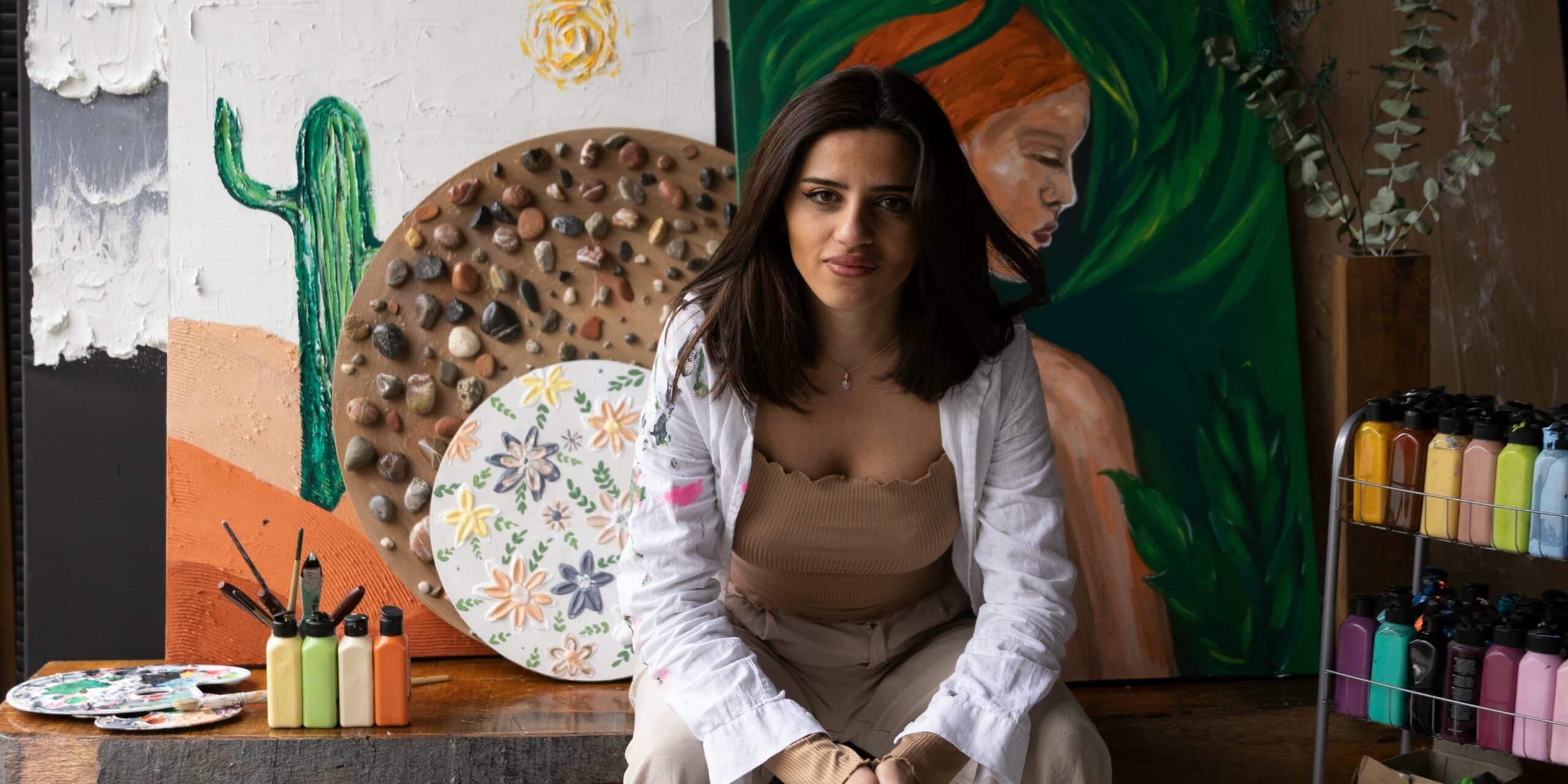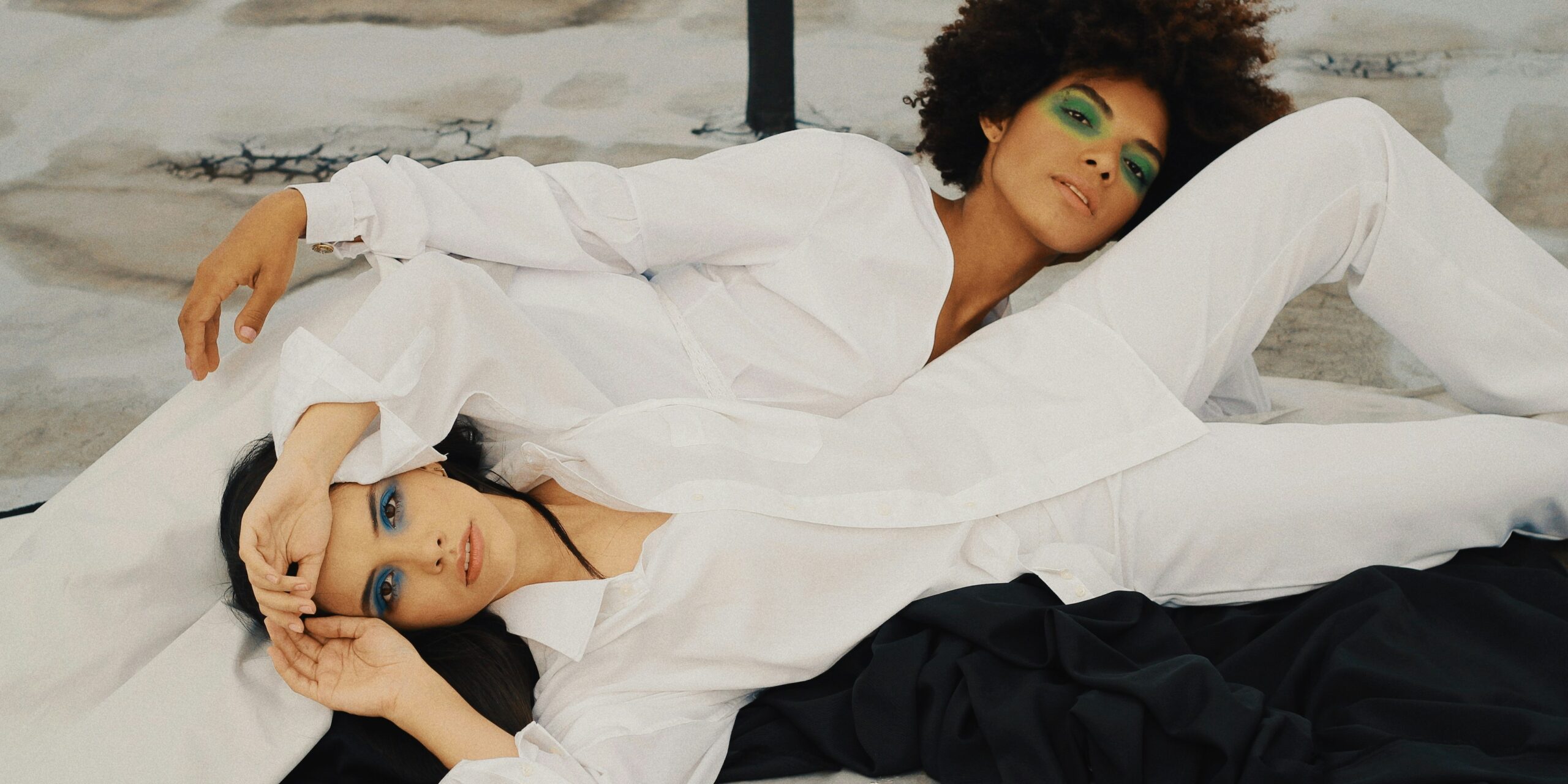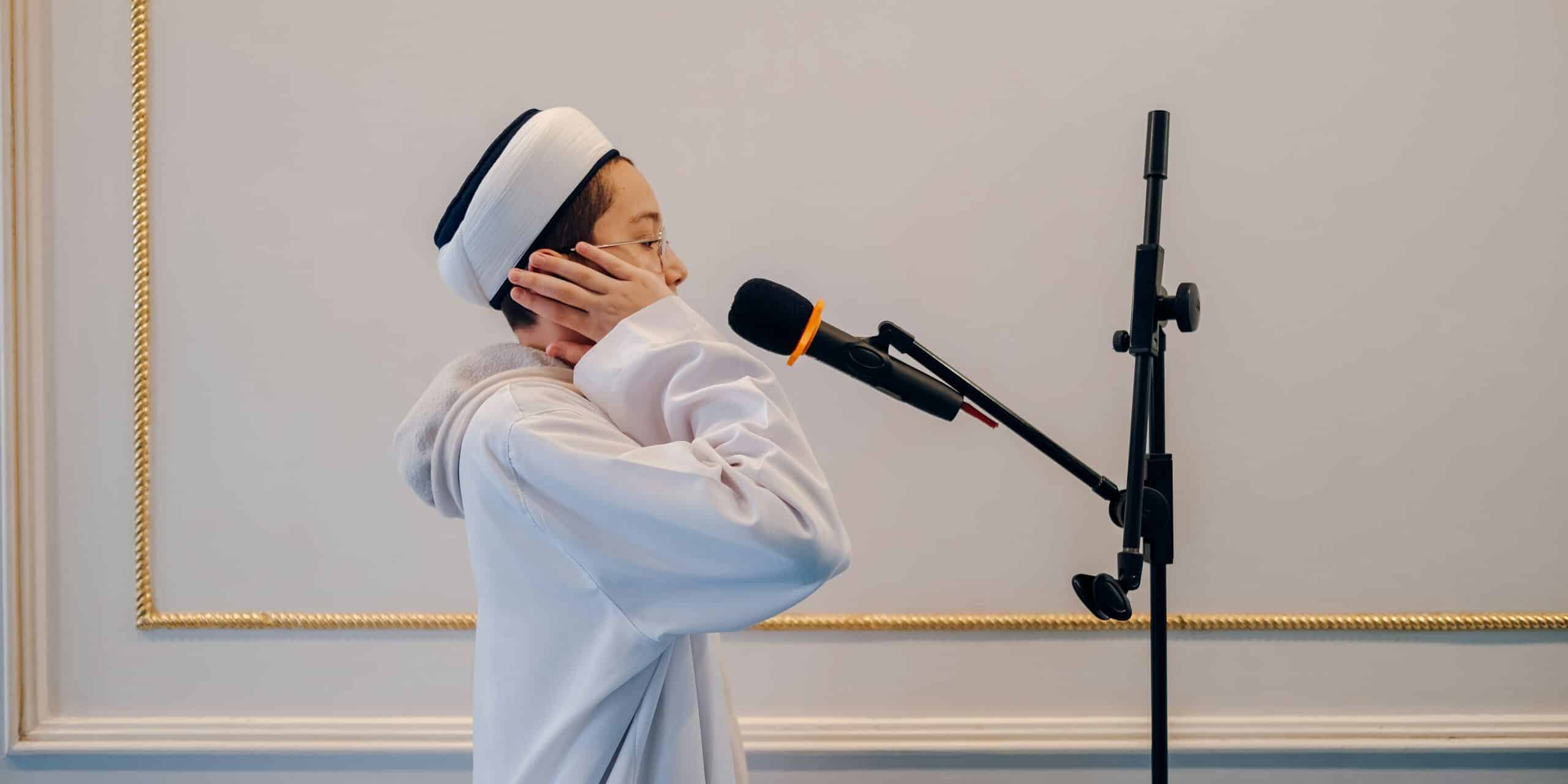What Does It Mean to Be a Professional Artist?
Becoming a professional artist means more than just selling your work. It’s about treating your art as a business. You’ll need to set goals, market your work, and build relationships with potential buyers and art collectors. For many, the biggest challenge is switching from creating art solely for personal fulfillment to producing work with the goal of making a living from it.
One of the first steps is developing a routine. As a hobbyist, you might create whenever inspiration strikes, but professionals understand that regular work is key to progress. It doesn’t mean forcing creativity, but it does involve setting aside dedicated time to produce art, whether you’re feeling inspired or not. Building this discipline will help you develop a consistent body of work, which is essential if you want to attract buyers or gallery interest.
Another important aspect of transitioning is understanding your audience. As a hobbyist, your work may have been enjoyed by friends and family, but as a professional, it’s crucial to identify who your potential customers are. This can involve figuring out whether your art appeals to a certain niche or demographic and where those people are likely to find your work—whether it’s online, at art fairs, or in galleries.
How Do You Build a Portfolio That Stands Out?
When transitioning to professional status, your portfolio becomes your calling card. It’s not just a collection of your best work—it’s a reflection of your artistic voice. Building a portfolio that stands out requires careful selection. You may love every piece you’ve ever created, but that doesn’t mean each one belongs in a professional portfolio. Choose pieces that showcase your unique style and demonstrate growth and consistency.
Your portfolio should also tell a story. This doesn’t mean it needs a literal narrative, but it should have a clear sense of identity. Art buyers and galleries want to know what you’re about as an artist. They’re not just buying a single piece—they’re investing in you and your future work. So, make sure your portfolio is cohesive and reflects the kind of art you want to be known for.
It’s also crucial to keep your portfolio updated, especially if you’re sharing it online. A stagnant portfolio can give the impression that you’ve stopped creating or haven’t evolved as an artist. Make it a habit to refresh it with new work regularly, and don’t hesitate to remove pieces that no longer represent your artistic direction.
Your portfolio isn’t just about the artwork, though. It’s also about presentation. A well-photographed, professionally presented portfolio can make all the difference. Poor-quality images or inconsistent layouts can distract from the quality of your work, so make sure everything is crisp, clean, and easy to navigate.
How Can You Turn Your Art into a Business?
Moving from hobbyist to professional means you’re not just an artist—you’re also an entrepreneur. This means learning the basics of running a business. One of the key skills you’ll need to develop is pricing your work. As a hobbyist, you may have given away pieces for free or undercharged, but as a professional, you need to ensure that you’re valuing your time and skills appropriately.
Pricing art can be tricky, but there are some guidelines to follow. Consider the cost of materials, the time spent creating the piece, and the market value of similar work. It’s also important to account for overhead costs if you’re using a studio or paying for professional services like photography or website hosting. While it can be tempting to underprice your work to attract buyers, remember that undervaluing yourself can have long-term negative effects on your career. Instead, find a balance that reflects both the effort you put into your art and the market’s willingness to pay.
Marketing is another essential aspect of turning your art into a business. In today’s digital age, having an online presence is non-negotiable. A website showcasing your portfolio is a must, and being active on social media can help you connect with a wider audience. Platforms like Instagram, in particular, are popular for artists because they allow you to share your process, engage with potential buyers, and build a following.
Networking also plays a major role in growing your art business. Attend local art shows, join artist communities, and participate in online groups where you can connect with other professionals in the field. Building relationships with other artists, curators, and collectors can open doors to opportunities like exhibitions, commissions, and collaborations.
Transitioning from a hobbyist to a professional artist is both exciting and challenging. It requires more than just technical skill—it calls for a business mindset, an understanding of your audience, and a commitment to presenting yourself and your work in the best light. But with determination and the right strategies, you can turn your passion into a fulfilling and sustainable career.
The journey is different for every artist, but the key to success lies in discipline, consistency, and learning how to navigate the business side of the art world. With these tools in hand, you’ll be well on your way to making a living doing what you love.









